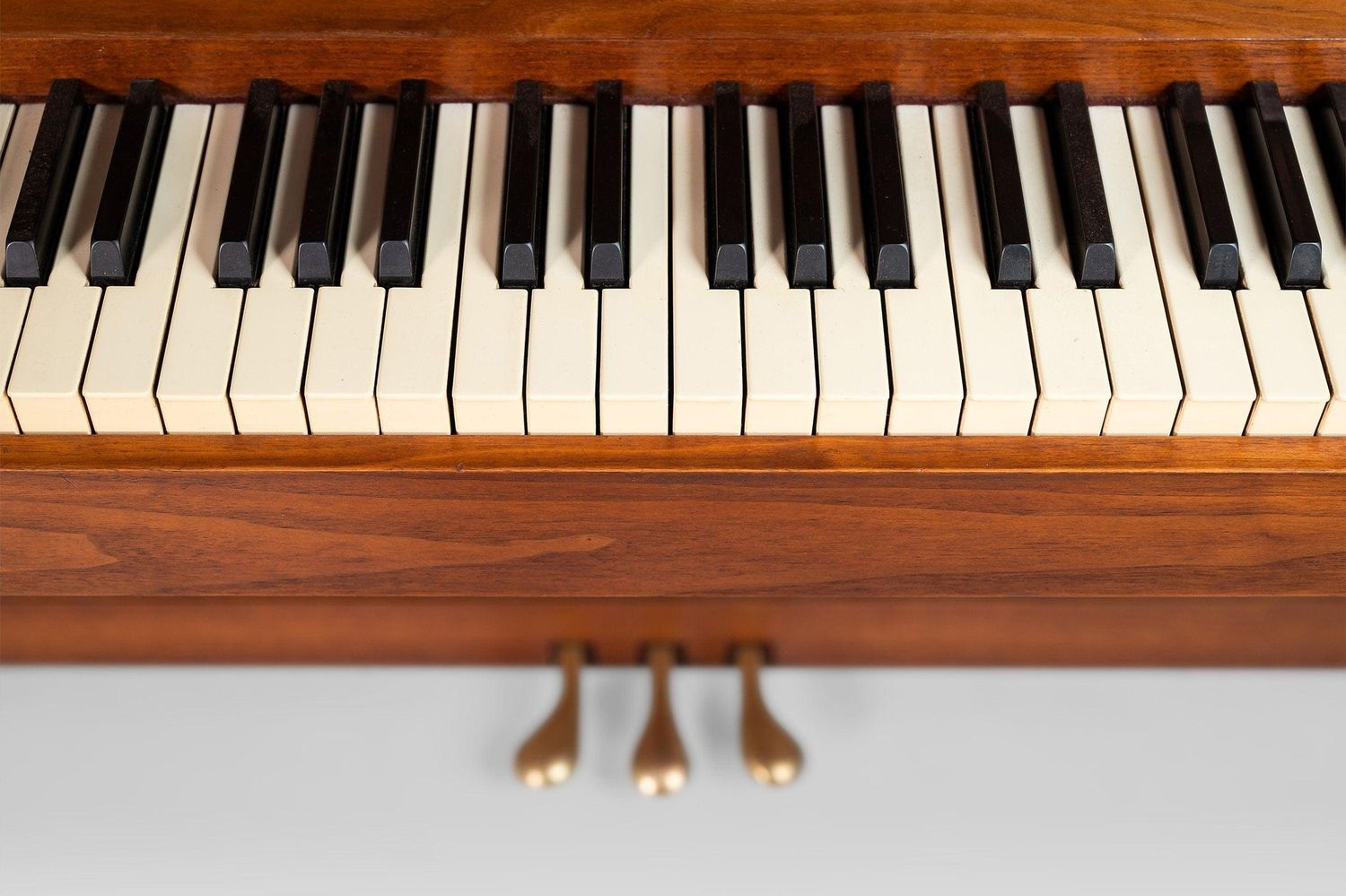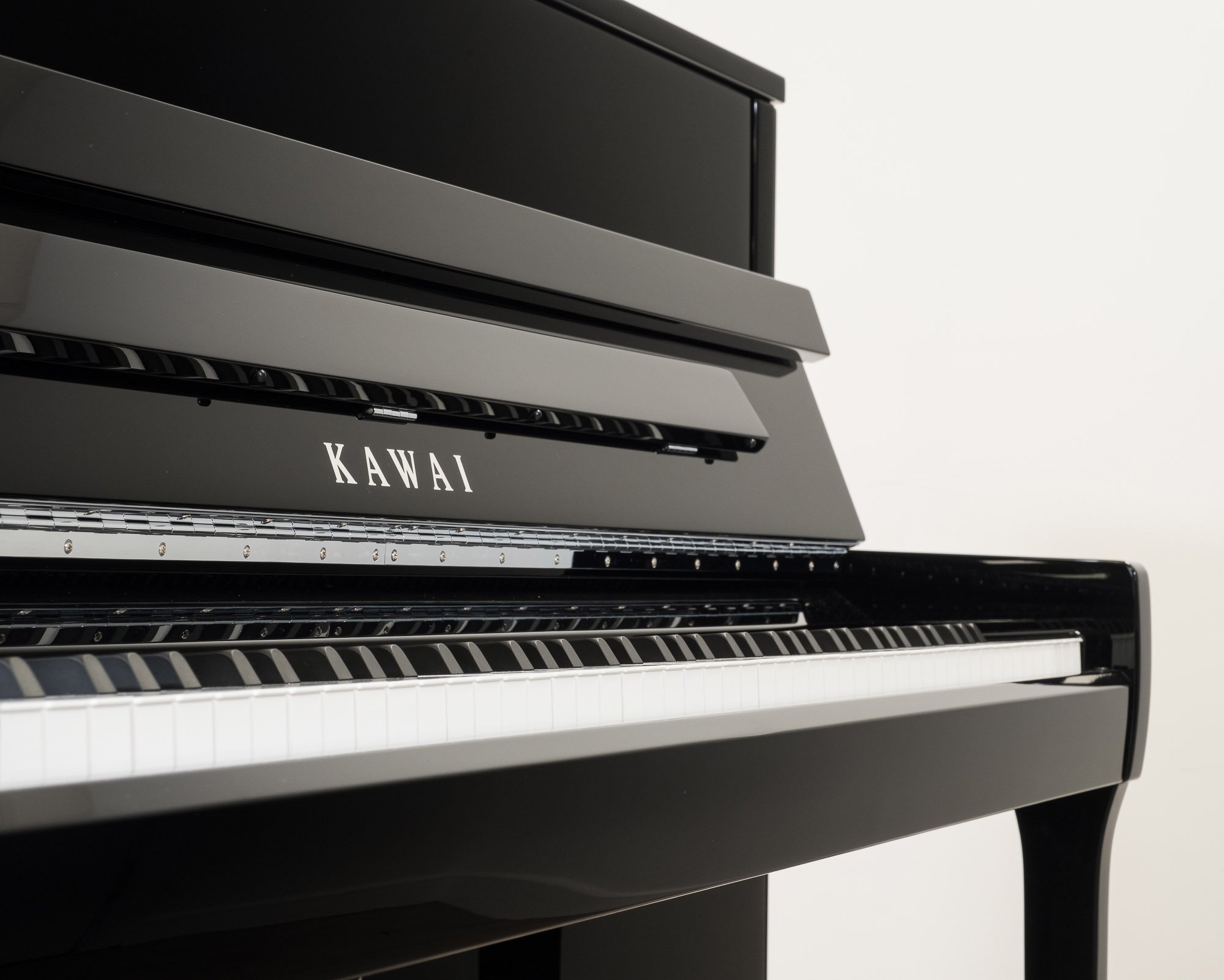Home>Instruments>Piano>How Do You Clean Piano Keys


Piano
How Do You Clean Piano Keys
Published: February 10, 2024
Learn the best techniques for cleaning piano keys to keep your instrument looking and sounding its best. Discover how to maintain the beauty and functionality of your piano.
(Many of the links in this article redirect to a specific reviewed product. Your purchase of these products through affiliate links helps to generate commission for AudioLover.com, at no extra cost. Learn more)
Table of Contents
Introduction
Playing the piano is a timeless joy that brings beauty and harmony into our lives. The piano keys, essential to producing the enchanting melodies, require proper care and maintenance to ensure their longevity and pristine appearance. Over time, dust, dirt, and oils from our fingers can accumulate on the keys, affecting not only their aesthetic appeal but also their playability. Regular cleaning and maintenance are crucial to preserving the integrity and performance of your piano keys.
In this comprehensive guide, we will explore the best practices for cleaning and maintaining both white and black piano keys. Whether you are a seasoned pianist or a novice enthusiast, understanding the proper techniques and materials for cleaning your piano keys will help you keep your instrument in optimal condition for years to come.
By following these simple yet effective methods, you can ensure that your piano keys remain pristine, allowing you to continue creating beautiful music while maintaining the elegance of your cherished instrument.
Materials Needed
Before embarking on the journey of cleaning your piano keys, it’s essential to gather the necessary materials. Ensuring that you have the right tools at your disposal will facilitate a thorough and effective cleaning process. Here are the materials you will need:
- Soft, lint-free cloths: These are essential for gently wiping the keys without scratching or damaging them. Microfiber cloths are ideal for this purpose.
- Dishwashing liquid: A mild dish soap diluted in water will serve as a gentle yet effective cleaning solution for removing grime and oils from the keys.
- Distilled water: Using distilled water for dampening the cleaning cloth can help prevent mineral deposits or impurities from affecting the keys.
- Cotton swabs: These are useful for reaching and cleaning the areas around the key edges and other intricate parts of the keyboard.
- Piano key polish (for white keys): A high-quality piano key polish specifically designed for white keys can help restore their luster and cleanliness.
- Isopropyl alcohol (for black keys): When used sparingly, isopropyl alcohol can effectively remove stubborn stains and disinfect black piano keys.
- Soft brush or vacuum with a brush attachment: This will be used to gently remove dust and debris from the key surfaces and crevices.
By having these materials on hand, you can proceed with confidence, knowing that you are well-equipped to care for your piano keys with the utmost precision and care.
Cleaning White Piano Keys
White piano keys, while exuding timeless elegance, are particularly susceptible to visible dirt and discoloration. To maintain their pristine appearance, regular cleaning is essential. Here’s a step-by-step guide to effectively clean white piano keys:
- Prepare the Cleaning Solution: Dilute a small amount of mild dishwashing liquid in a bowl of distilled water. Ensure that the solution is gentle and non-abrasive.
- Dampen a Cloth: Moisten a soft, lint-free cloth with the prepared cleaning solution. It’s important to ensure that the cloth is not overly wet, as excess moisture can seep into the keys and cause damage.
- Gently Wipe the Keys: Starting from one end of the keyboard, lightly wipe each white key in a smooth, downward motion. Avoid applying excessive pressure, as this may push dirt further into the crevices.
- Use Cotton Swabs: Dip a cotton swab into the cleaning solution to reach the areas around the edges and between the keys. This meticulous approach will help address hard-to-reach spots where grime tends to accumulate.
- Dry the Keys: Once the keys have been thoroughly cleaned, use a dry, lint-free cloth to gently dry the surface of each key, ensuring that no moisture remains.
- Apply Piano Key Polish: For an added luster, consider using a high-quality piano key polish specifically formulated for white keys. Follow the manufacturer’s instructions for application and buff the keys to achieve a beautiful sheen.
By following these steps, you can effectively restore the radiance of your white piano keys, allowing them to exude a timeless allure while maintaining their optimal playability.
Cleaning Black Piano Keys
Black piano keys, renowned for their striking contrast and elegance, require specific care to maintain their allure. Over time, these keys can accumulate dirt, oils, and fingerprints, necessitating a thorough cleaning regimen. Here’s a comprehensive guide to cleaning black piano keys:
- Prepare Isopropyl Alcohol Solution: Dilute a small amount of isopropyl alcohol with distilled water. It’s crucial to use this solution sparingly, as excessive moisture can damage the keys.
- Dampen a Cloth: Moisten a soft, lint-free cloth with the diluted isopropyl alcohol solution. Ensure that the cloth is not overly wet, as excess moisture can seep into the keys and cause damage.
- Gently Wipe the Keys: Starting from one end of the keyboard, lightly wipe each black key in a smooth, downward motion. Exercise caution to avoid pressing too hard, as this may force moisture into the crevices.
- Address Stubborn Stains: For persistent stains or grime, gently rub the affected areas with the dampened cloth. Take care not to use excessive force, as this may cause damage to the keys’ finish.
- Dry the Keys: Once the keys have been thoroughly cleaned, use a dry, lint-free cloth to gently dry the surface of each key, ensuring that no moisture remains.
By following these steps, you can effectively restore the allure of your black piano keys, allowing them to exude a timeless elegance while maintaining their optimal playability.
Maintaining Piano Keys
Aside from regular cleaning, maintaining the overall condition of your piano keys is essential for preserving their appearance and playability over time. Here are some key practices for ongoing maintenance:
- Regular Dusting: Use a soft brush or a vacuum cleaner with a brush attachment to gently remove dust and debris from the key surfaces and crevices. This simple practice can prevent the accumulation of dirt and maintain the keys’ cleanliness.
- Preventative Measures: Encourage players to wash and thoroughly dry their hands before playing the piano. This can help minimize the transfer of oils and dirt onto the keys, reducing the frequency of intensive cleaning.
- Proper Storage: If the piano is not in use for an extended period, consider covering the keys with a soft cloth to protect them from dust and environmental factors. Additionally, maintaining a consistent humidity level in the room can prevent the keys from drying out or warping.
- Professional Maintenance: Schedule regular professional inspections and maintenance for your piano. A qualified technician can assess the condition of the keys, address any underlying issues, and provide professional cleaning and maintenance services to ensure the longevity of your instrument.
By incorporating these maintenance practices into your piano care routine, you can uphold the pristine condition of the keys and contribute to the overall longevity and performance of your cherished instrument.
Conclusion
Properly maintaining and cleaning your piano keys is not only essential for preserving their aesthetic appeal but also for ensuring optimal playability and longevity. By following the recommended cleaning methods and incorporating regular maintenance practices, you can safeguard the beauty and functionality of your piano keys for years to come.
Whether you are caring for the pristine white keys or the striking black keys, the meticulous cleaning techniques outlined in this guide can help you achieve remarkable results. From using gentle cleaning solutions to employing the right tools, such as soft cloths and cotton swabs, every step plays a crucial role in maintaining the allure of your piano keys.
Additionally, implementing preventative measures and professional maintenance can further contribute to the overall care and preservation of your instrument. By prioritizing the cleanliness and maintenance of your piano keys, you are not only upholding their visual splendor but also ensuring that they continue to produce enchanting melodies with precision and clarity.
Remember, the beauty and elegance of a piano extend beyond its musical capabilities. The pristine keys, whether white or black, are a testament to the care and dedication invested in preserving the timeless allure of this beloved instrument.
By embracing these cleaning and maintenance practices, you are not only honoring the craftsmanship of your piano but also enriching your musical journey with an instrument that continues to inspire and captivate.











